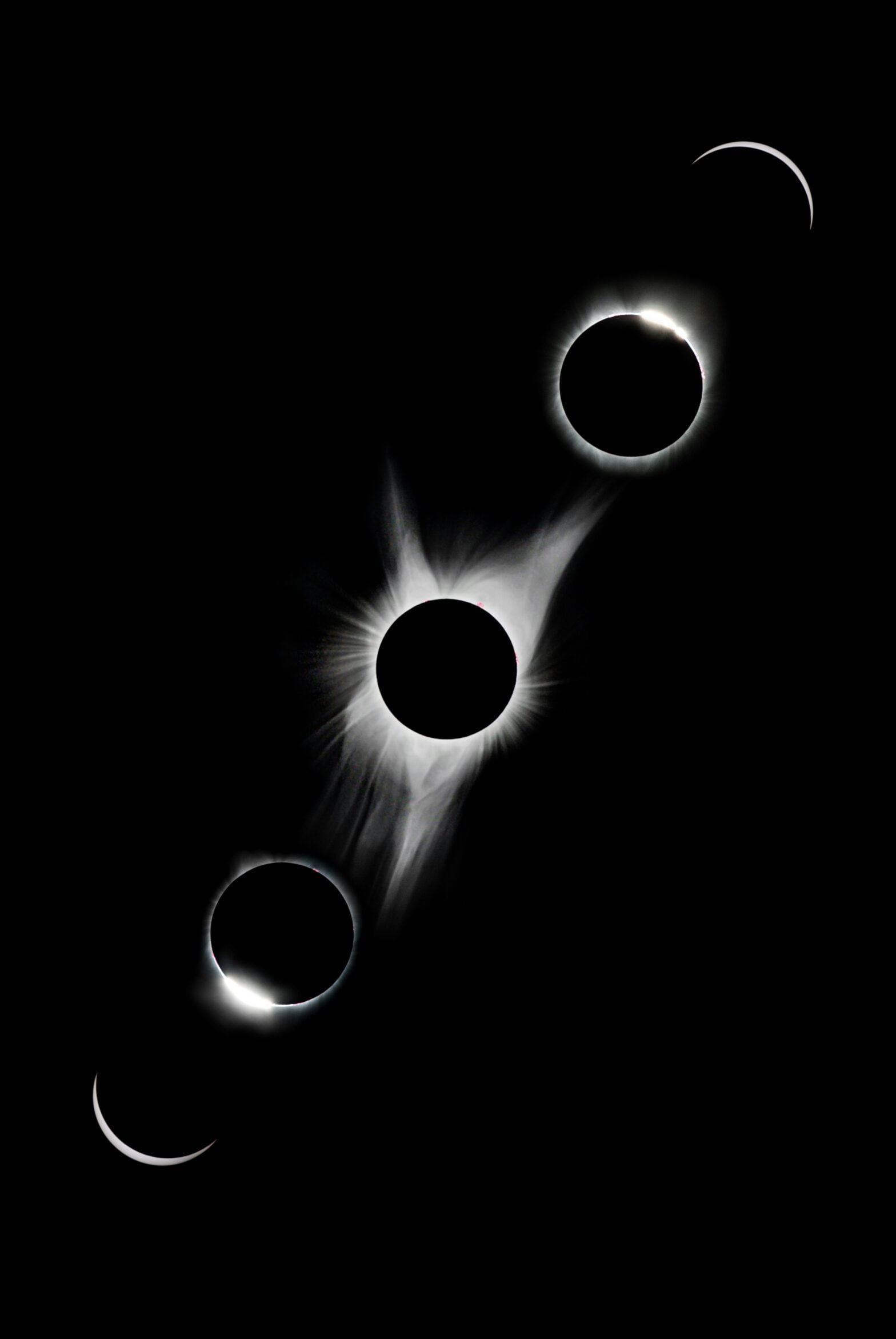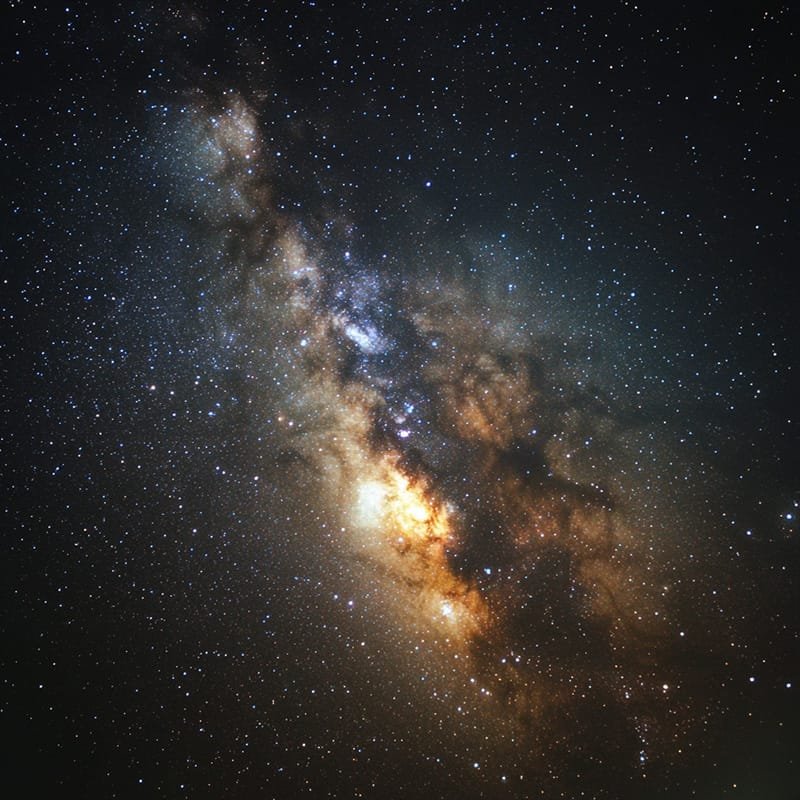The concept of pre-universe existence is a fascinating and complex topic that has intrigued scientists, philosophers, and theologians for centuries. It raises fundamental questions about the nature of time, the origins of the universe, and the existence of other universes or dimensions beyond our own. Understanding pre-universe existence is crucial for gaining a deeper understanding of the origins and evolution of our universe.
Key Takeaways
- The concept of time before the universe is a topic of scientific and philosophical debate.
- Theories of pre-existing universes suggest that our universe may not be the first or only one.
- Quantum mechanics may have played a role in the existence of the pre-universe.
- The possibility of a multiverse before our universe is a popular theory among scientists.
- Religious beliefs vary on the origin of the universe, with some believing in a divine creator.
The concept of time before the universe
One of the most perplexing aspects of pre-universe existence is the concept of time without a universe. Time as we know it is intimately tied to the existence of matter and energy, so it is difficult to imagine a time before the universe came into being. However, some theoretical frameworks suggest that time may have existed in some form prior to the Big Bang.
One such framework is the concept of “imaginary time” proposed by physicist Stephen Hawking. According to this theory, time can be thought of as a fourth dimension that is curved and finite, much like the surface of a sphere. In this view, time does not have a distinct beginning or end but is instead part of a larger structure that encompasses both past and future.
Theories of pre-existing universes
Several theories have been proposed to explain the possibility of pre-existing universes before our own. One such theory is the cyclic model of the universe, which suggests that our universe goes through an endless cycle of expansion and contraction. According to this theory, each cycle begins with a Big Bang and ends with a Big Crunch, followed by another Big Bang.
Another theory is the ekpyrotic universe theory, which proposes that our universe was created from a collision between two higher-dimensional branes (membranes). This collision caused a release of energy that resulted in the formation of our universe.
The brane cosmology theory suggests that our universe exists on a three-dimensional brane embedded in a higher-dimensional “bulk.” According to this theory, the Big Bang was the result of a collision between two branes in the bulk.

The role of quantum mechanics in pre-universe existence
Quantum mechanics plays a crucial role in our understanding of pre-universe existence. One of the key principles of quantum mechanics is the uncertainty principle, which states that certain pairs of physical properties, such as position and momentum, cannot be precisely known at the same time. This principle has profound implications for pre-universe existence, as it suggests that there may have been inherent fluctuations and uncertainties in the pre-universe state.
The concept of quantum fluctuations is also important in understanding pre-universe existence. Quantum fluctuations are random variations in the energy of empty space, and they can give rise to the creation of particles and antiparticles. These fluctuations may have played a role in the formation of our universe, as they could have provided the initial seeds for the formation of matter and energy.
The possibility of a multiverse before our universe
The idea of a multiverse, or the existence of multiple universes or dimensions beyond our own, has gained traction in recent years. Some theoretical frameworks suggest that there may have been a multiverse before our universe came into being.
One such framework is the inflationary multiverse theory, which proposes that our universe is just one of many “bubbles” that formed during a period of rapid expansion called cosmic inflation. According to this theory, each bubble universe has its own set of physical laws and constants, leading to a vast array of possible universes.
Another theory is the string theory landscape, which suggests that there may be a vast number of possible universes with different physical properties. These universes could exist as separate “branes” or dimensions within a larger multiverse.
Religious beliefs on the origin of the universe

Religious beliefs on the origin of the universe vary widely across different cultures and faiths. Many religions have creation myths or stories that explain how the universe came into being. These myths often involve the actions of a divine being or beings.
For example, in Christianity, the Bible describes God creating the universe in six days. In Hinduism, the Rigveda describes the universe as being created by the god Brahma. In Islam, the Quran states that God created the heavens and the earth in six days.
The Big Bang theory and its limitations
The Big Bang theory is currently the leading scientific explanation for the origin of the universe. According to this theory, the universe began as a singularity, a point of infinite density and temperature. It then underwent a rapid expansion known as cosmic inflation, followed by a slower expansion that continues to this day.
However, the Big Bang theory has its limitations and challenges. One of the main challenges is explaining what caused the singularity to exist in the first place. The laws of physics break down at the singularity, so it is difficult to understand what happened before it.
Another challenge is explaining why the universe has the specific properties and constants that it does. The laws of physics seem finely tuned to allow for the existence of life, leading some to propose the idea of a “multiverse” or a vast number of possible universes with different physical properties.
The concept of a singularity before the universe
The concept of a singularity before the universe raises profound questions about the nature of time and space. A singularity is a point of infinite density and temperature, where our current understanding of physics breaks down.
Some theoretical frameworks suggest that a singularity may have existed before our universe came into being. For example, string theory proposes that our universe may have originated from a higher-dimensional “brane” or membrane that collided with another brane, resulting in the formation of our universe.
The role of dark matter and energy in pre-universe existence
Dark matter and dark energy are two mysterious components of the universe that have yet to be fully understood. Dark matter is thought to make up about 27% of the universe, while dark energy is thought to make up about 68%. Both dark matter and dark energy have important implications for our understanding of pre-universe existence.
Dark matter is believed to be responsible for the formation of galaxies and other large-scale structures in the universe. It is thought to interact only through gravity and does not emit, absorb, or reflect light, making it difficult to detect directly.
Dark energy, on the other hand, is thought to be responsible for the accelerated expansion of the universe. It is believed to have a repulsive effect on matter and energy, causing the universe to expand at an ever-increasing rate.
The relationship between pre-existing conditions and the creation of the universe
The relationship between pre-existing conditions and the creation of the universe is a topic of ongoing research and debate. Some theoretical frameworks suggest that the conditions in the pre-universe state may have influenced the formation and evolution of our universe.
For example, the concept of inflation suggests that the rapid expansion of the universe was driven by a field called the inflaton. The properties of this field, such as its energy density and potential, would have determined how long inflation lasted and how large the universe grew.

The search for evidence of pre-universe existence in cosmic microwave background radiation
One of the key pieces of evidence for the Big Bang theory is the cosmic microwave background radiation (CMB). This radiation is a faint glow that permeates the entire universe and is thought to be leftover from the early stages of the Big Bang.
Scientists have been studying the CMB in detail to look for clues about pre-universe existence. They have found that the CMB has a nearly uniform temperature across the sky, with small variations that correspond to regions of slightly higher and lower density.
These density variations are thought to be the seeds from which galaxies and other large-scale structures formed. By studying the CMB, scientists hope to gain insights into the conditions in the pre-universe state and the processes that led to the formation of our universe.
In conclusion, understanding pre-universe existence is crucial for gaining a deeper understanding of the origins and evolution of our universe. The concept of time before the universe, theories of pre-existing universes, the role of quantum mechanics, the possibility of a multiverse, religious beliefs, the limitations of the Big Bang theory, the concept of a singularity, the role of dark matter and energy, the relationship between pre-existing conditions and the creation of the universe, and the search for evidence in cosmic microwave background radiation all contribute to our understanding of pre-universe existence. While many questions remain unanswered, ongoing research and exploration continue to shed light on this fascinating topic.
If you’re intrigued by the question of what came before the universe, you might find this article on The Universe Episodes website fascinating. It delves into the mysteries of our existence and explores various theories about the origins of the universe. From the Big Bang to multiverse theories, this article offers thought-provoking insights that will leave you pondering the nature of our reality. Check it out here for an enlightening read.
FAQs
What is the article about?
The article is about exploring the concept of what existed before the universe came into existence.
What is the current scientific understanding of the beginning of the universe?
The current scientific understanding is that the universe began with the Big Bang, which occurred approximately 13.8 billion years ago.
What is the Big Bang theory?
The Big Bang theory is the prevailing cosmological model that explains the origins of the universe. It suggests that the universe began as a singularity, a point of infinite density and temperature, and then rapidly expanded and cooled.
What existed before the Big Bang?
The concept of what existed before the Big Bang is still a topic of debate and speculation among scientists and philosophers. Some theories suggest that there was a pre-existing universe or multiverse, while others propose that time and space did not exist before the Big Bang.
Can we ever know what existed before the universe?
It is currently impossible to know what existed before the universe, as our current understanding of physics and cosmology breaks down at the moment of the Big Bang. However, scientists continue to explore and develop new theories and models to better understand the origins of the universe.
I’ve always wondered what existed before the Big Bang. Maybe our universe isn’t the only one, or maybe ‘time’ as we know it didn’t even exist then. Unraveling these mysteries is key to understanding our own place in the cosmos.
This article explores all those mind-bending possibilities. You’ll learn about theories proposing multiple universes, the role of quantum mechanics in nothingness, and even religious perspectives on what came before.
Why bother reading this? If you’re curious about our origins, or love a good science puzzle, this article will fuel your imagination and introduce you to some of the most fascinating ideas about the universe’s beginnings.
Core Message: Scientists still don’t have all the answers about what came before the Big Bang, but the search for those answers could transform our understanding of the very nature of existence.
The Universe Episodes
























